Join the Hemlock Woolly Adelgid (HWA) Winter Mapping Challenge and win prizes! From Feb 1 – March 15, 2023, the iMap user who surveys the most sites* for HWA during the challenge wins a prize from the NYS Hemlock Initiative. Visit https://www.nyimapinvasives.org/hwa for more information and to get started.
1. Get outside and look for hemlock trees.
2. Check for white fuzz balls on the undersides of hemlock twigs – these are HWA egg masses.
3. Report your findings to iMap – submit a presence or not-detected record to document your effort.
#hwa #imapchallenge #imapinvasives #communityscience #citizenscience #maps #nyoutside #recreatelocal #insects #entomology #invasivespecies #winter #hiking

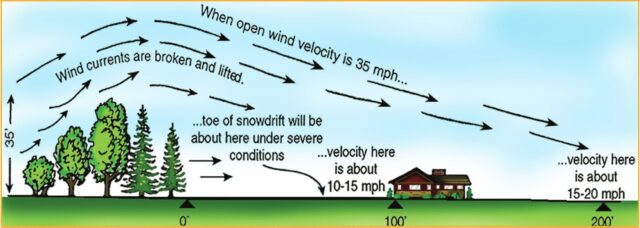
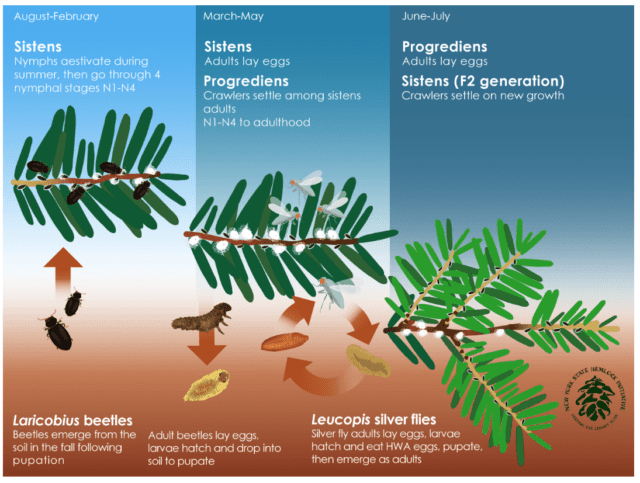 The New York State Hemlock Initiative represents the efforts of scientists, natural resources professionals, and New York residents united in their love for hemlock trees and dedication to
The New York State Hemlock Initiative represents the efforts of scientists, natural resources professionals, and New York residents united in their love for hemlock trees and dedication to 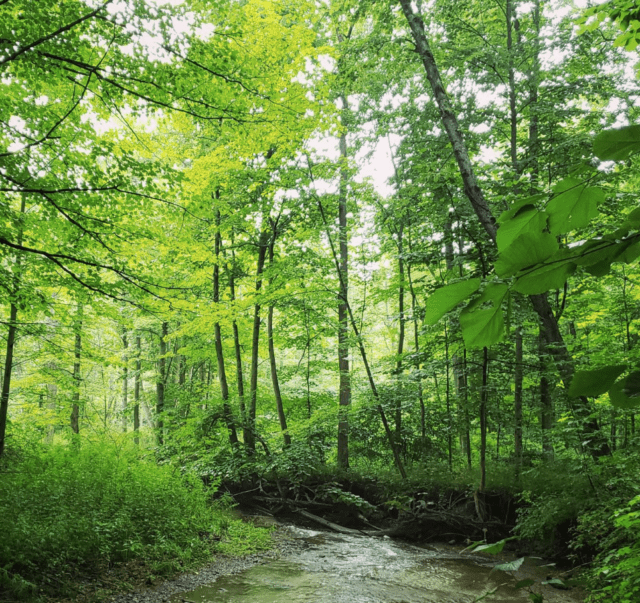
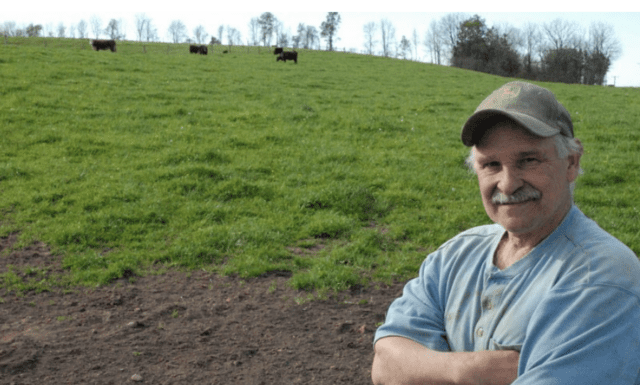 Every March we celebrate spring and agriculture in New York State! Over the next few weeks we’ll focus on different agriculture practices and BMPs. Agriculture is part of our history, heritage, and values, and continues as an important part of our
Every March we celebrate spring and agriculture in New York State! Over the next few weeks we’ll focus on different agriculture practices and BMPs. Agriculture is part of our history, heritage, and values, and continues as an important part of our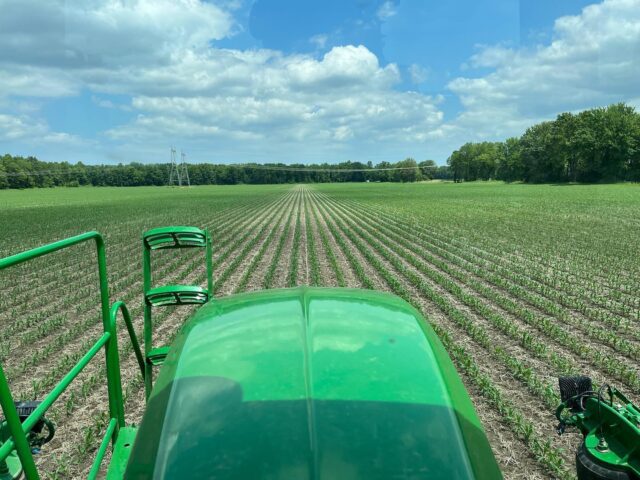 The NYS Department of Agriculture and Markets announced the three finalists have been selected for New York’s AEM-Leopold Conservation Award!
The NYS Department of Agriculture and Markets announced the three finalists have been selected for New York’s AEM-Leopold Conservation Award!